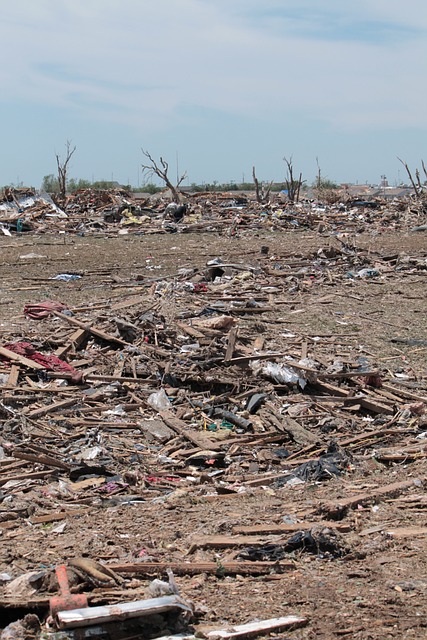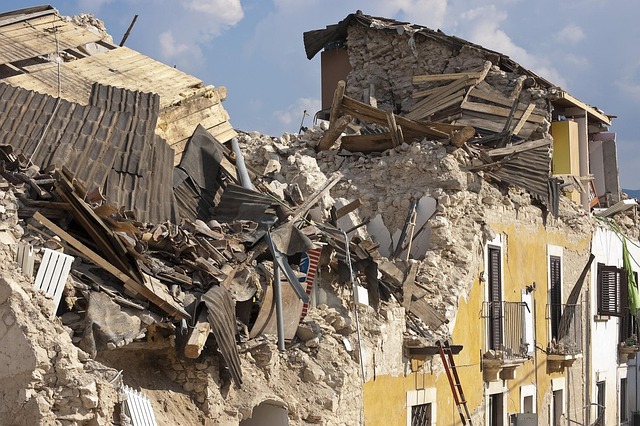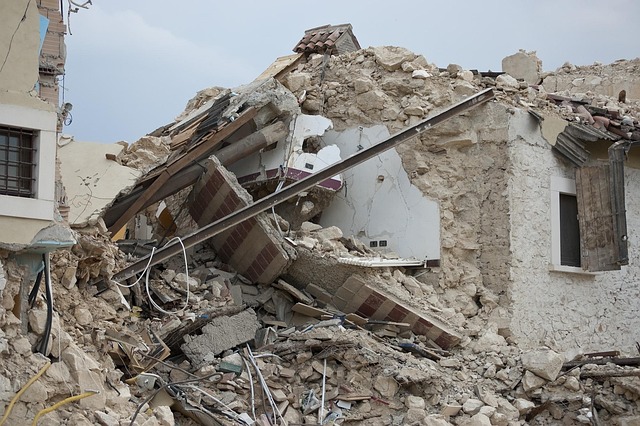Real estate professionals must identify and address environmental vulnerabilities, such as flood zones, seismic activity, air quality issues, and extreme weather events, to make informed investment decisions. By collaborating with experts and integrating risk assessments into development strategies, they can foster sustainable communities through resilient building designs and protective measures. Proactive approaches like elevated construction, robust flood protection, and durable materials are crucial for adapting to climate change, safeguarding investments, and contributing to a more resilient future in the real estate sector.
In today’s world, real estate development must evolve to counter growing environmental threats. This article explores strategies to fortify structures against these challenges. We delve into identifying vulnerabilities, from mapping flood zones and earthquake-prone areas to understanding climate change impacts. Building resilient structures with robust materials and smart designs is key.
Sustainable practices, such as green infrastructure and energy efficiency, further enhance protection. By integrating these measures, the real estate industry can create more sustainable and adaptable communities, ensuring a safer future for all.
Identifying Environmental Vulnerabilities in Real Estate

Identifying Environmental Vulnerabilities in Real Estate involves a thorough assessment of potential risks that could impact properties and communities. This includes evaluating factors such as flood zones, seismic activity, air quality issues, and vulnerability to extreme weather events. For instance, real estate professionals should be aware of areas prone to frequent flooding or intense storms, which can cause significant property damage and disrupt local economies. By incorporating these considerations into their investment strategies, developers, and investors can make informed decisions that promote sustainable and resilient communities.
Moreover, understanding the environmental context is crucial for ensuring the long-term viability of real estate assets. Real Estate professionals should collaborate with experts in environmental science and urban planning to conduct comprehensive risk assessments. This proactive approach allows for the implementation of appropriate reinforcement structures, such as flood barriers or green infrastructure, which can mitigate these threats. Ultimately, identifying and addressing environmental vulnerabilities not only safeguards investments but also contributes to the overall health and resilience of communities.
– Assess natural hazards: flood zones, earthquake-prone areas, hurricane paths.

In the real estate sector, understanding and mitigating environmental threats is paramount for sustainable development. The first step in reinforcing structures against these threats involves thorough assessments of natural hazards. For instance, identifying flood zones, earthquake-prone areas, and hurricane paths is crucial before constructing or retrofitting properties. These assessments help developers and architects design buildings that can withstand potential disasters, ensuring the safety of occupants and preserving property values.
By mapping out high-risk areas, real estate professionals can implement specific strategies such as raising structures above flood levels, reinforcing foundations to resist seismic activity, or using hurricane-resistant materials. Such proactive measures not only safeguard communities but also contribute to a more resilient and sustainable real estate market in the face of increasingly frequent and severe environmental events.
– Consider climate change impacts: sea-level rise, increased frequency of extreme weather events.

In the context of environmental threats, especially as they intersect with real estate, it’s crucial to consider the multifaceted impacts of climate change. Rising sea levels pose significant risks to coastal properties, requiring adaptive measures such as elevated construction or robust flood protection infrastructure. Additionally, the increasing frequency and intensity of extreme weather events necessitate reinforced structures that can withstand powerful storms, heavy rainfall, and prolonged droughts.
Real estate developers and investors must be proactive in integrating climate-resilient design principles into new constructions and retrofitting existing buildings. This involves employing durable materials, enhancing building codes, and implementing smart technologies for monitoring and managing environmental stressors. By prioritizing these adaptations, the industry can mitigate losses, protect investments, and contribute to a more sustainable future in the face of an evolving climate landscape.






